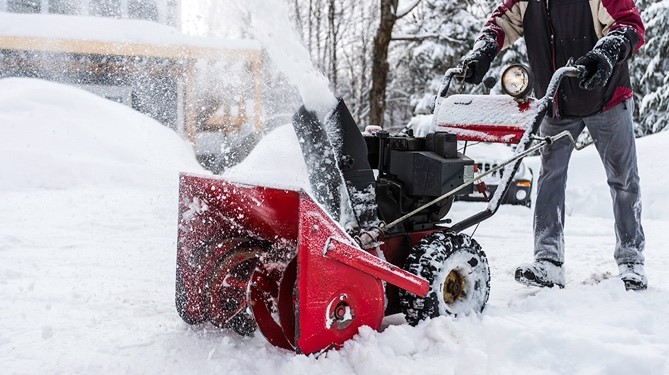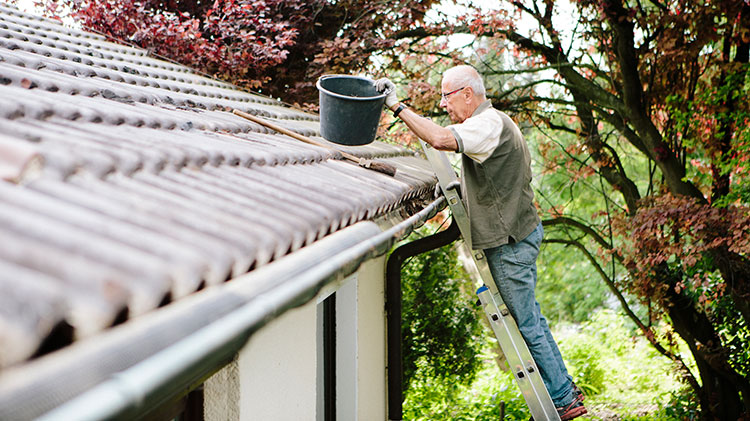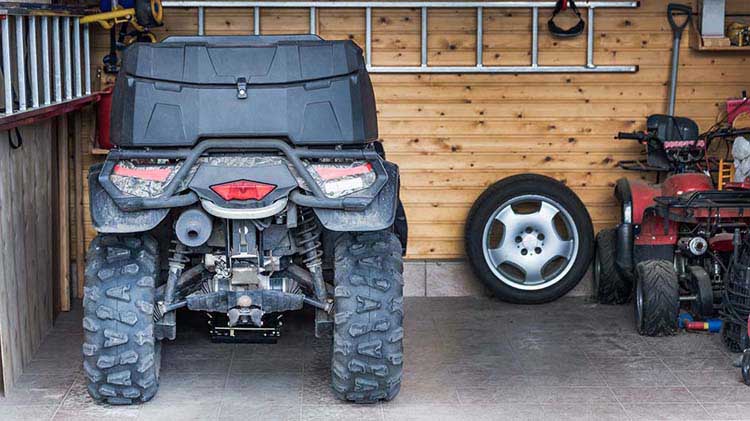Snowblower storage tips
Use this checklist to help ensure your snowblower maintenance routine keeps this machine in good working order for whenever winter weather strikes.
When you're dreaming of spring, it's easy to forget about winter — and your snowblower. But even if cold-weather storms are over, there are a few offseason storage tasks you'll need to complete. From a quick oil change to emptying the fuel tank, these snowblower maintenance steps will help ensure your machine is ready for the next season.
Follow this checklist before storing your snowblower.
Tools for snowblower maintenance
- Rags
- Outdoor mat
- Work gloves
- Eye protection
- Small gas can (for storage)
- Fuel stabilizer
- Spark plug
- Wrench/screwdriver
- Preventive rust spray
- Oil
Make a plan for leftover fuel
Make sure the machine is turned off and cooled down before you drain the fuel system. Use a siphon to drain the gas tank and place the excess fuel in a spare gas can. If you must keep gas in your snowblower, add a fuel stabilizer to help keep the ethanol in the gas from causing issues with the engine's fuel delivery system.
Replace the spark plug
Swap out the spark plug for a new one as needed. (Double-check the owner's manual for specific instructions.) This is a part that starts the engine, so it's important to keep it in good shape. Consider installing a new one each season.
Tighten bolts
Fasteners, nuts and bolts tend to loosen because of the snowblower's vibration during snow-cleaning tasks. Do a thorough once-over to make sure they didn't come loose throughout the season and tighten as needed.
Remove salt and lubricate
Wiping down the snowblower — especially if salt was used on the driveway — can help prevent corrosion. Once you've completed that task, spray any metal parts you see with a preventive rust spray.
Check for wear and tear
Snowblower scraper bars or blades and skid shoes, which protect the snowblower from concrete, become worn through multiple seasons. Prior to storing a snowblower, make sure these two components are in good shape.
Refill the oil
Drain the old oil (discard appropriately according to your municipality's rules) and add new oil before you store your machine. This prevents old oil from turning to sludge or creating buildup, which can ruin the engine. Keep in mind that instructions vary by manufacturer, so be sure to consult your owner's manual for specifics.
Keep a log
Once you've finished checking all the components, write down the date and the specific maintenance that was completed. Knowing the last time you replaced the spark plug will come in handy once next year's weather takes you by storm.
Use covered snowblower storage
Even the smallest amount of moisture can cause snowblowers to rust, so think about storing your machine in a dry place such as a garage or storage shed. Consider placing the snowblower on a mat and covering the machine with a snowblower cover to help maximize protection. If you do not have indoor storage, make sure the machine is safely lifted off the ground and covered.




